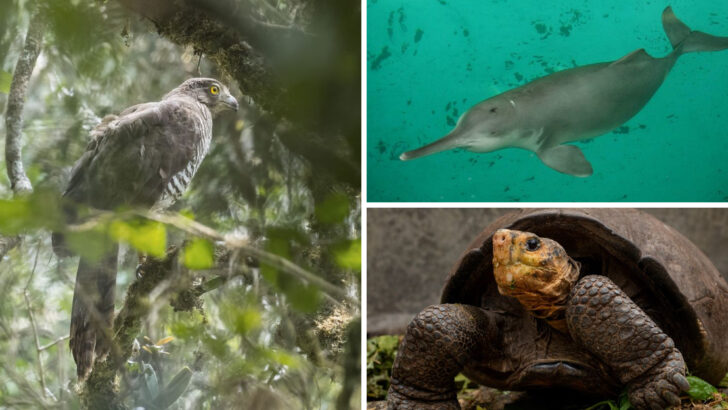There are creatures out there that have left people scratching their heads – animals that were spotted just once, only to disappear without a trace. Some are said to live in the shadows, existing on the fringe of our understanding, while others have been lost to time, their sightings now woven into mysterious tales. These “ghost animals” seem to have a fleeting presence, appearing briefly before vanishing into obscurity, leaving behind only whispers and uncertainty.
From the haunting reports of creatures in remote jungles to sightings in the most unlikely places, these animals have earned their reputation as elusive, often mythical beings. Whether it’s a mysterious sea creature that washed up on shore or a peculiar mammal glimpsed deep in a forest, these sightings spark curiosity and a sense of wonder about the untold mysteries of nature. Let’s take a look at 21 animals that were seen once, leaving behind nothing but questions and an air of the unknown.
The Madagascar Serpent Eagle
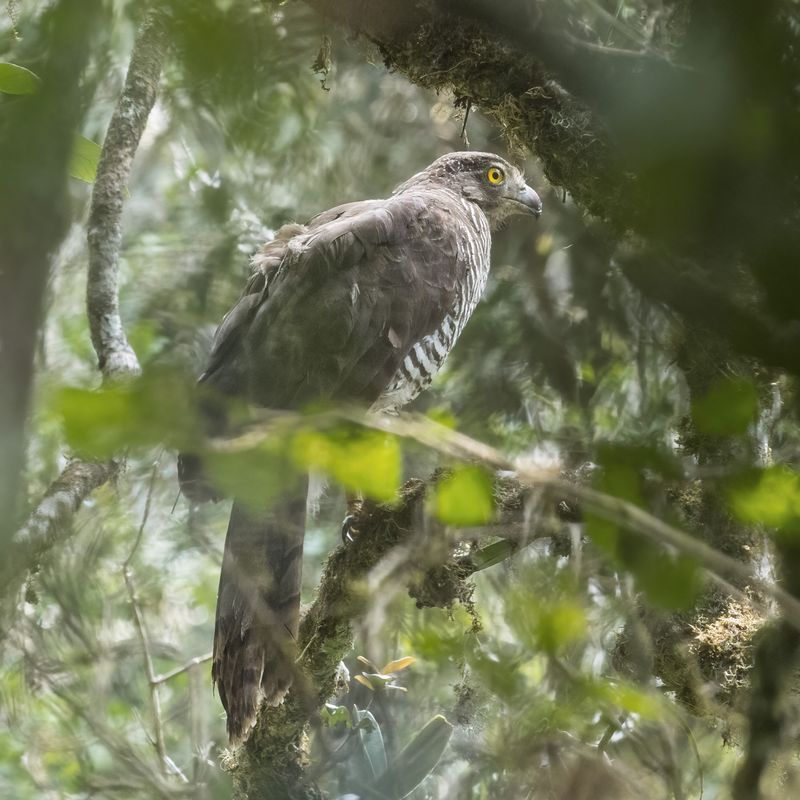
The Madagascar Serpent Eagle was first spotted in the dense forests of northeastern Madagascar. Its distinctive plumage, boasting a mix of dark browns and striking whites, caught the attention of researchers. Despite extensive searches, the eagle vanished, eluding ornithologists for decades.
This bird of prey was believed to be extinct until its rediscovery years later, but sightings remain incredibly rare. The eagle’s habitat, filled with lush greenery and towering trees, provides perfect camouflage. Conservationists strive to protect this region, hoping to ensure its survival.
The Zanzibar Leopard
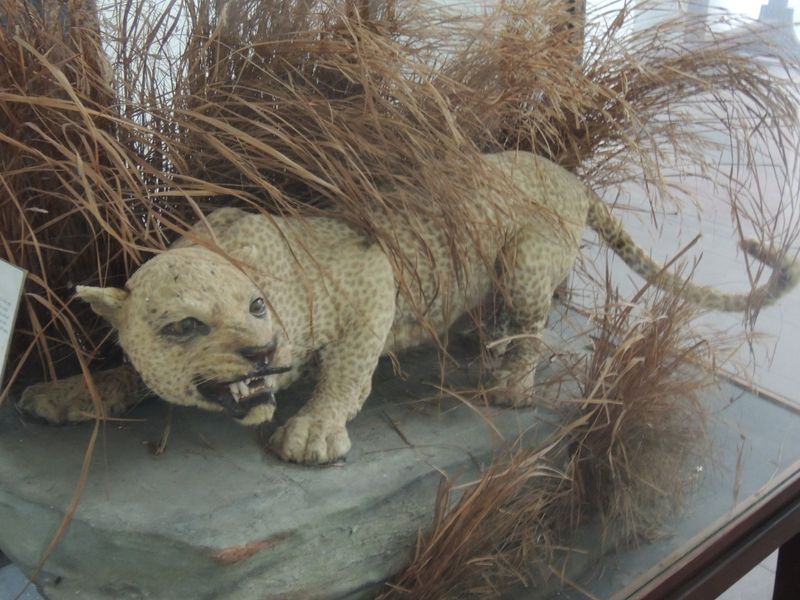
The Zanzibar Leopard was a creature of mystery and folklore. Locals believed it to possess supernatural powers, guarding the island’s riches. This elusive cat was first recorded in the early 20th century but was never documented again.
The dense jungles of Zanzibar provided the perfect hiding ground for this unique leopard, with its distinctive spots and sleek build. Conservation efforts now focus on uncovering the truth behind its existence, hoping to glimpse this ghostly predator in shadows once more.
The Tasmanian Tiger
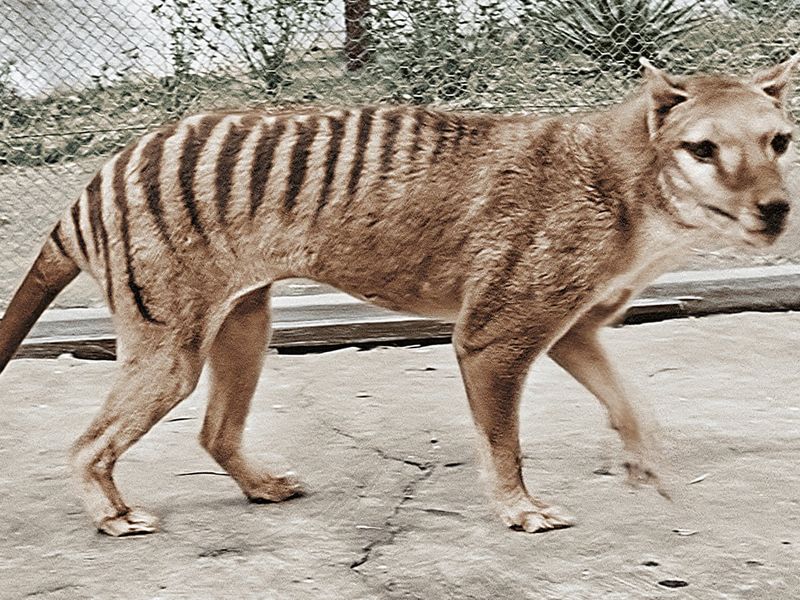
The Tasmanian Tiger, or Thylacine, was native to Tasmania and mainland Australia. Known for its dog-like appearance with striking stripes, it was last seen in the 1930s.
Despite numerous unconfirmed sightings, its existence remains a topic of debate. The barren landscapes and rugged terrain of the Australian outback provide ample cover, leading many to believe that a small population might still exist. Efforts to capture evidence continue, as enthusiasts remain hopeful of rediscovering this iconic creature.
The Pinta Island Tortoise
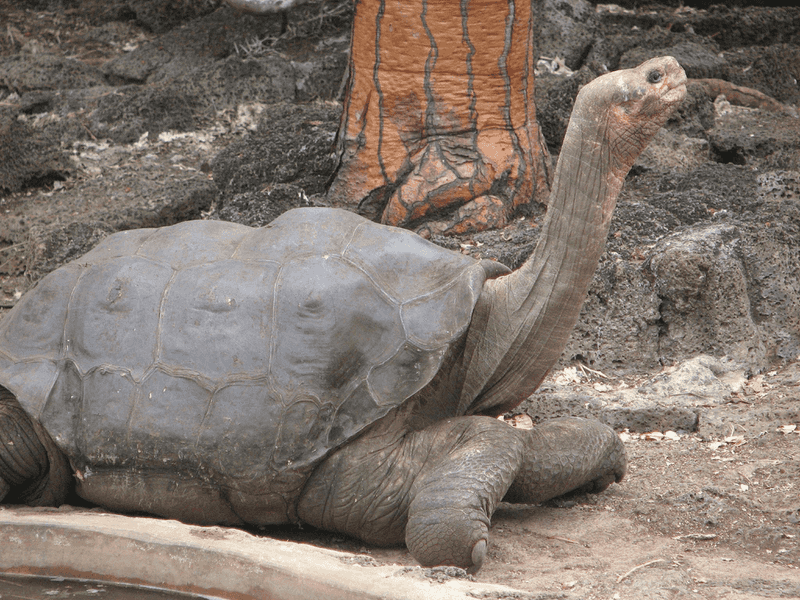
Lonesome George, the last known Pinta Island Tortoise, became a symbol of conservation. Discovered in the Galápagos Islands, this giant tortoise was believed extinct until George’s discovery.
With his massive shell and slow, deliberate movements, George captivated the world. Despite efforts to find a mate, he remained the only one of his kind. His passing marked the end of his subspecies, highlighting the urgent need for conservation. The lush vegetation and volcanic landscapes of the Galápagos provided a fitting backdrop to his solitary existence.
The Ivory-billed Woodpecker
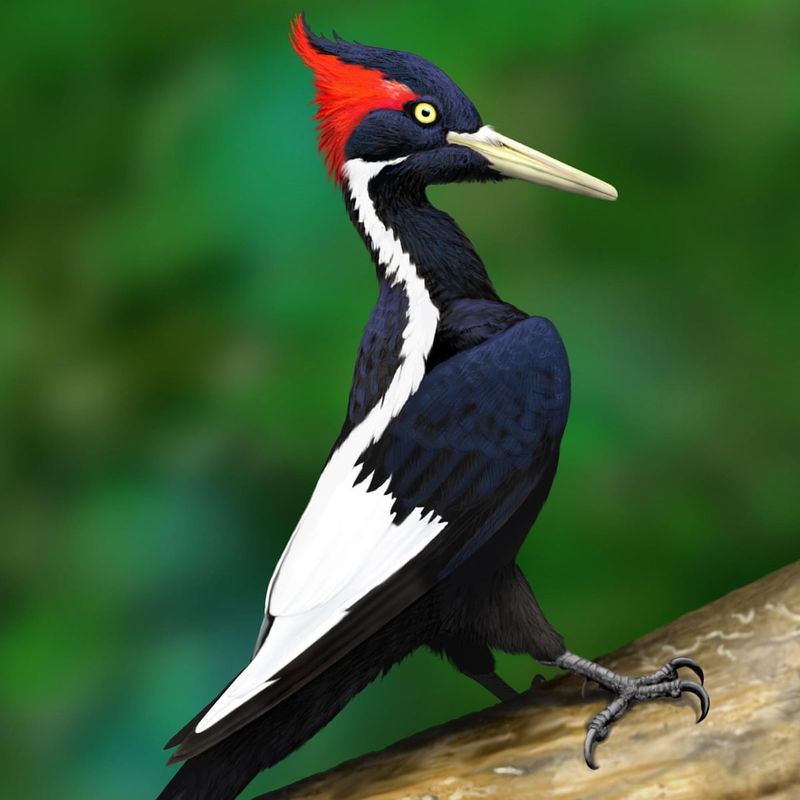
The Ivory-billed Woodpecker, one of North America’s largest woodpeckers, was thought extinct due to habitat loss. Its striking appearance, with a prominent crest and ivory bill, made it a remarkable sight.
Last confirmed in the mid-20th century, sporadic reports keep its legend alive. The dense swamps and forests of the southern United States offer hope that some individuals might still survive. Efforts to protect these habitats continue, driven by the dream of hearing its distinctive drumming once more.
The Yangtze River Dolphin
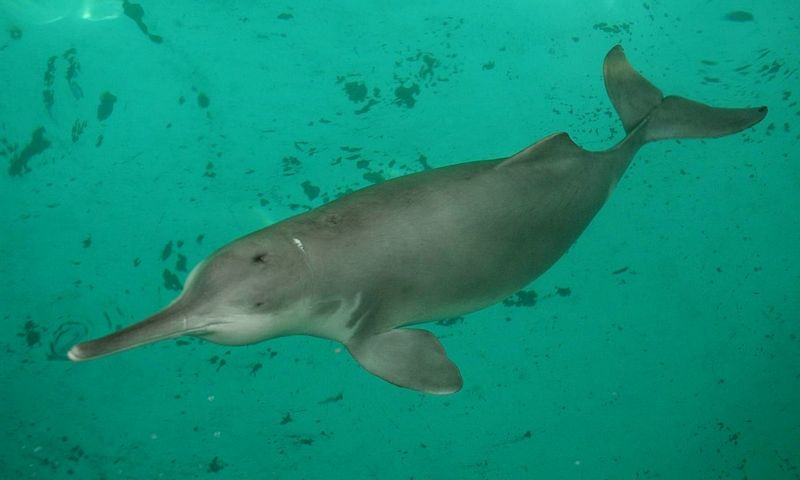
The Yangtze River Dolphin, or Baiji, was once a prominent resident of China’s longest river. Its graceful movements and distinctive long snout made it both a local legend and a scientific curiosity.
Industrialization and pollution led to its decline, with the last confirmed sighting in the early 2000s. Despite extensive searches, the Baiji has yet to reappear in the murky waters. Conservationists highlight its story as a stark reminder of human impact on nature, advocating for better environmental stewardship.
The Fernandina Giant Tortoise
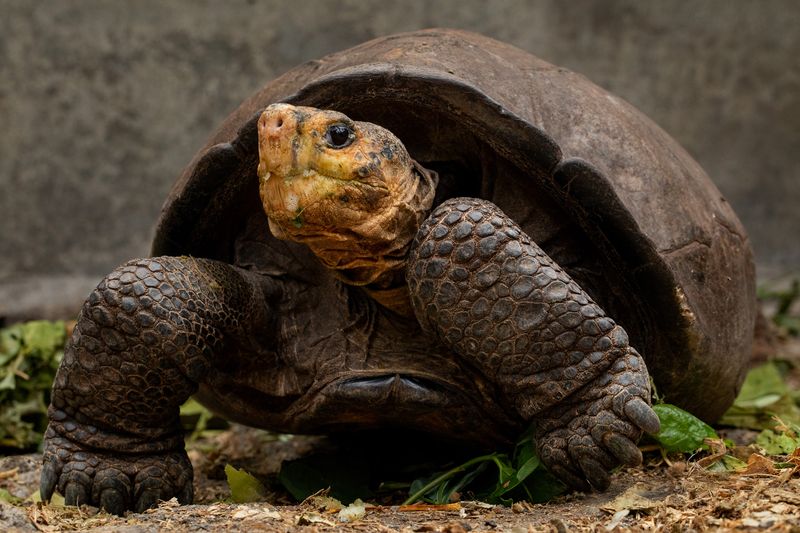
The Fernandina Giant Tortoise was long thought extinct until a surprise discovery reignited hope. Found on the rugged volcanic terrain of Fernandina Island, this tortoise’s weathered shell and determined gait captivated researchers.
With an ecosystem as harsh as it is unique, Fernandina Island provides a challenging habitat. This discovery underscored the resilience of life, even in the most inhospitable environments. Conservationists now work to ensure that these giants can thrive, a task as daunting as it is vital.
The Javan Tiger
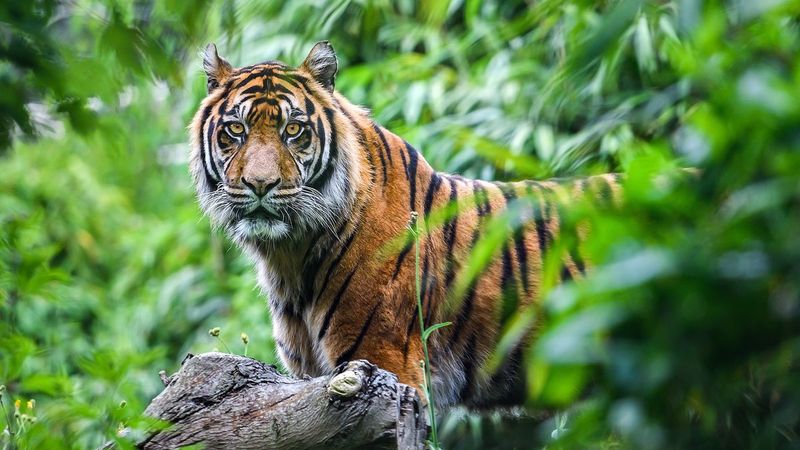
The Javan Tiger once roamed the lush jungles of Java, Indonesia. Known for its striking orange coat and distinctive black stripes, its sightings became rarer until it vanished altogether.
Despite its official extinction, local tales and unconfirmed reports keep the legend alive. The dense forests, teeming with life, offer the perfect sanctuary. Conservationists remain vigilant, hoping to one day confirm that this magnificent creature still roams in the shadows, a testament to the wild’s enduring mysteries.
The Caspian Tiger
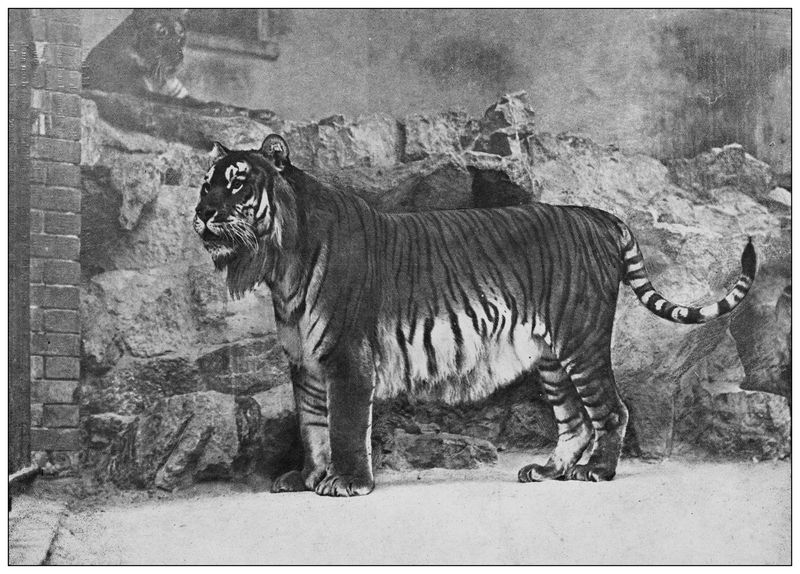
The Caspian Tiger, with its robust build and powerful presence, once dominated Central Asia’s vast plains. It was declared extinct in the 20th century, but the stories of its might endure.
Adapting to varied environments, from forests to arid lands, it was a symbol of strength. Efforts to reintroduce similar species into its former range reflect a growing awareness of ecological balance. This tiger’s legacy continues to influence conservation strategies, aiming to recreate the majestic sight of a tiger prowling under the moonlight.
The Spix’s Macaw
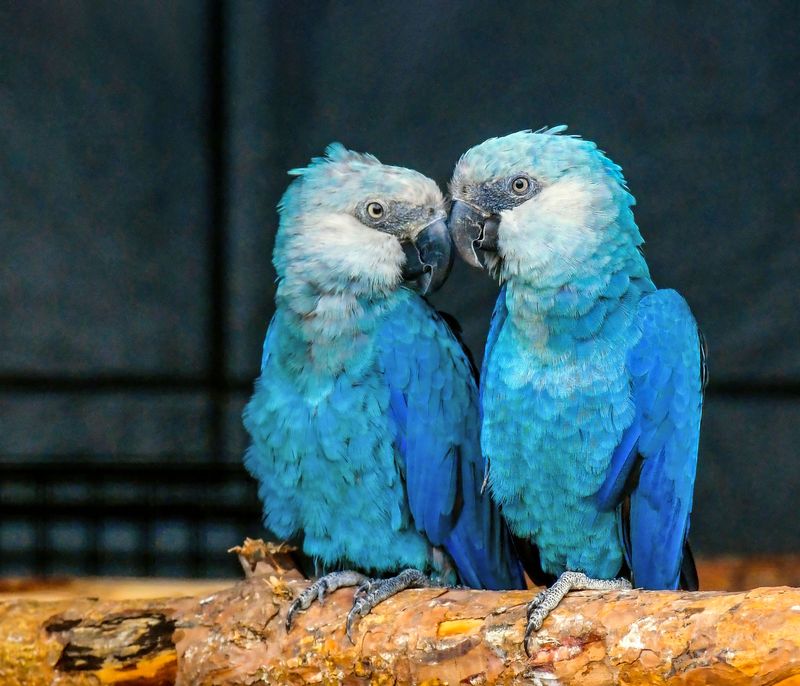
The Spix’s Macaw, known for its vivid blue feathers, was a jewel of the Brazilian rainforest. Its last wild sighting occurred in the early 2000s, captured in a fleeting moment of beauty.
Captive breeding programs now strive to reintroduce this striking bird into its natural habitat. The lush canopies and diverse ecosystems of Brazil offer the perfect refuge. With ongoing conservation efforts, the dream of seeing these vibrant feathers against the green backdrop of the rainforest remains alive and well. This bird symbolizes hope and resilience.
The Honshu Wolf
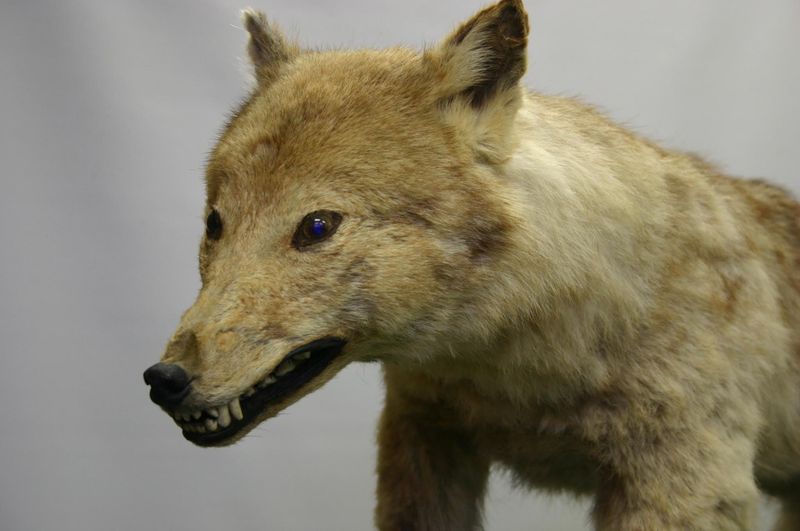
The Honshu Wolf, small yet agile, was last seen in the mountainous regions of Japan’s Honshu Island. Its thick coat adapted it perfectly to the rugged terrain.
Cultural tales depict it as a guardian spirit, adding layers to its mystique. Despite its official extinction, stories persist of its presence, blending myth with reality. The island’s diverse landscapes, from mountains to forests, provide a fitting backdrop. Conservation efforts strive to honor its legacy, keeping the spirit of the wolf alive in Japanese culture and ecology.
The Western Black Rhinoceros
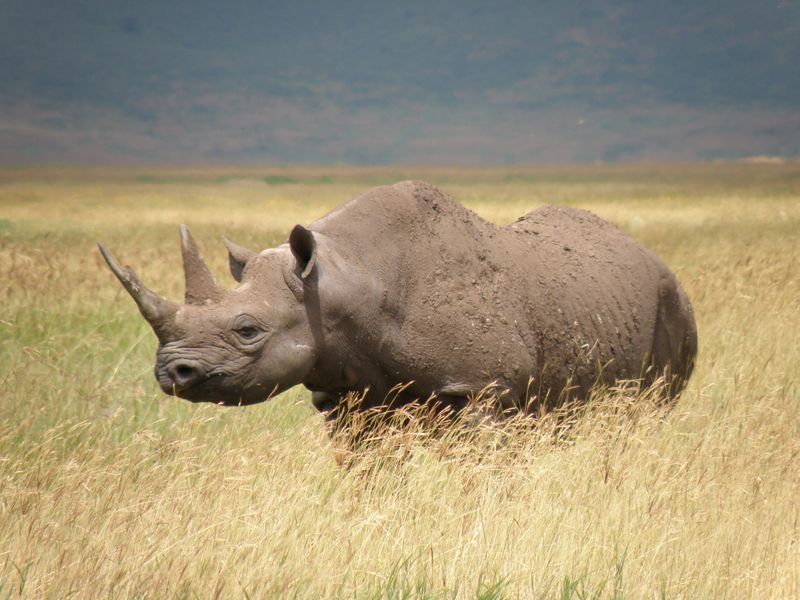
The Western Black Rhinoceros was once a formidable presence in the savannas of West Africa. Known for its distinctive horn and robust build, it was a symbol of nature’s grandeur.
Despite its extinction due to poaching and habitat loss, it remains an icon in conservation circles. The golden sunsets over the savanna serve as a poignant reminder of this majestic creature. Efforts to protect remaining rhino species are fueled by its memory, highlighting the urgent need for effective conservation strategies in combating wildlife crime.
The Caribbean Monk Seal
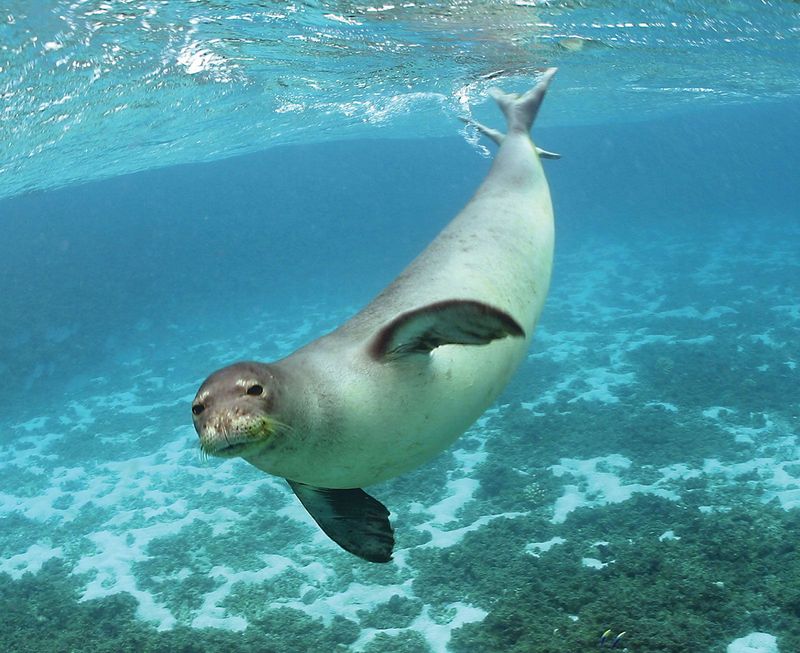
The Caribbean Monk Seal, last seen in the early 1950s, was a charming resident of the Caribbean’s warm waters. Its curious nature and playful antics made it a beloved sight.
Overhunting and habitat degradation led to its decline, leaving only stories of its joyful presence. The pristine beaches and azure waves remain, but the seal’s absence is felt deeply. Conservationists use its story to advocate for marine protection, ensuring that other species can continue to thrive in the vibrant ecosystems of the Caribbean.
The Steller’s Sea Cow
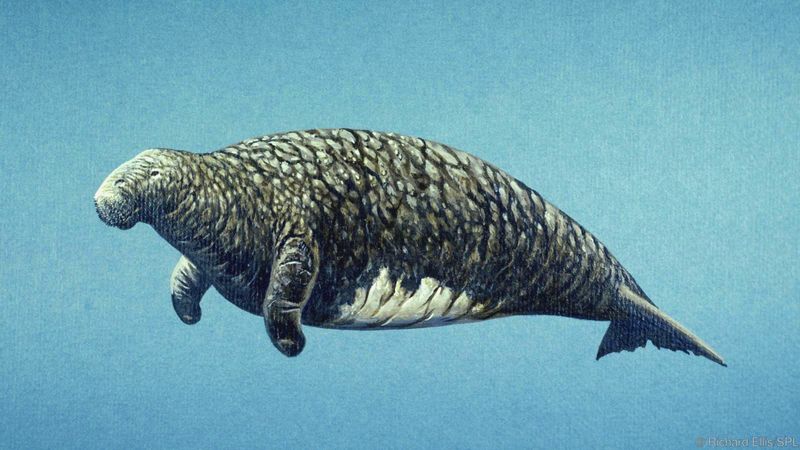
The Steller’s Sea Cow, a massive marine mammal, once thrived in the cold waters of the Bering Sea. Its gentle nature and impressive size made it a unique creature of the sea.
Hunters quickly drove it to extinction in the 18th century, leading to its disappearance from the ocean’s depths. The vast and frigid marine environment it inhabited still holds echoes of its presence. Marine conservationists draw lessons from its fate, pushing for stronger protections to prevent similar losses of oceanic giants.
The Pink-headed Duck
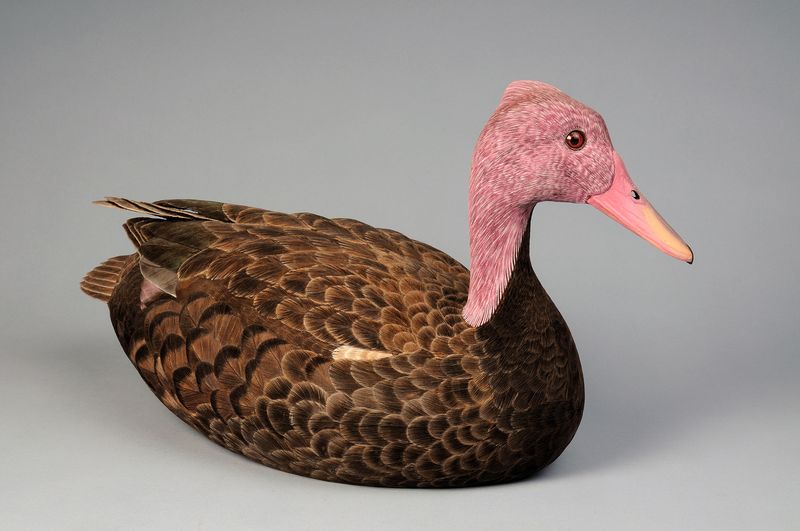
The Pink-headed Duck, known for its distinctive hue, was last reported in Myanmar’s wetlands. Its striking pink head and graceful presence set it apart from other waterfowl.
Despite being elusive, local legends keep its memory alive, describing sightings during tranquil sunrises. The wetlands, with their serene beauty, offer hope for rediscovery. Conservationists continue to search, driven by the allure of spotting this rare bird once more. This duck’s story encourages ongoing efforts to protect vital wetland habitats across the region.
The Tapanuli Orangutan
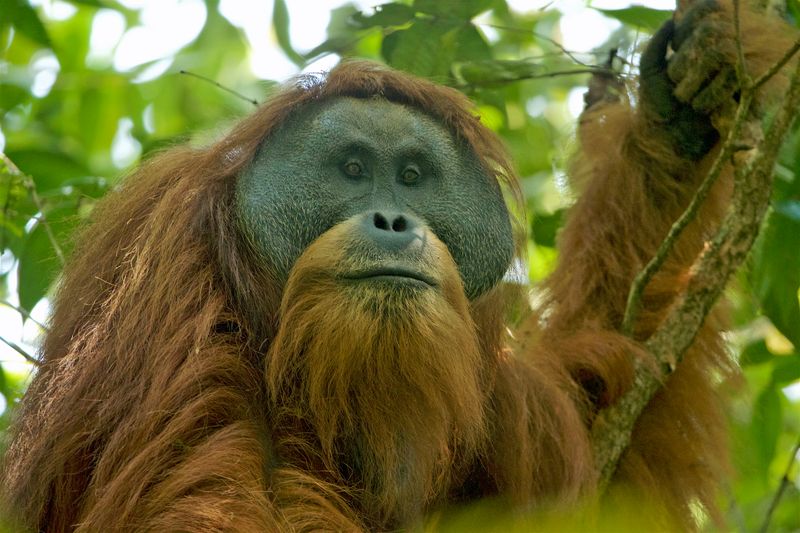
The Tapanuli Orangutan, one of the world’s most critically endangered primates, was discovered only recently. Found in the dense rainforests of Sumatra, its existence was almost mythical.
With long arms and expressive eyes, this orangutan embodies the wild’s wonder. Habitat destruction threatens its survival, prompting urgent conservation action. The lush, vibrant forests of Sumatra, teeming with life, provide both home and hope. Efforts to protect this critically endangered species are crucial, ensuring that future generations can witness its grace and intelligence.
Giant Palouse Earthworm
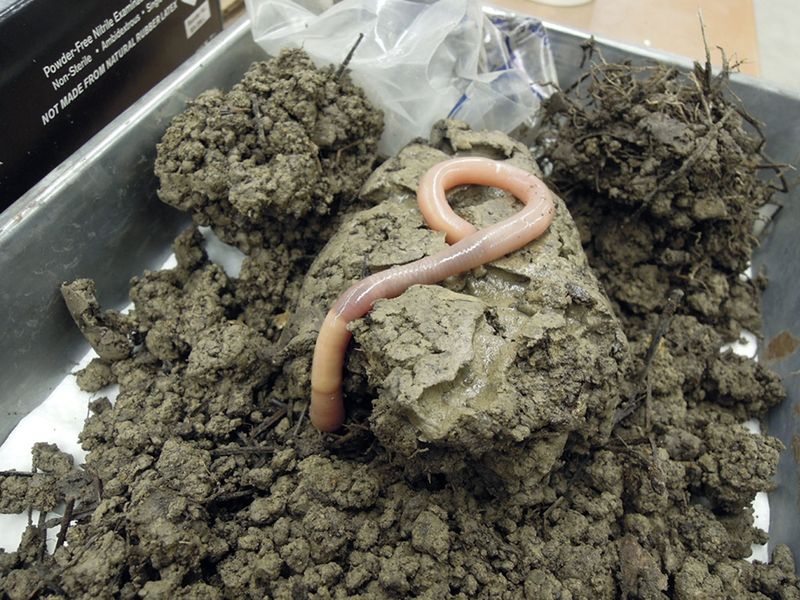
The elusive Giant Palouse Earthworm, native to the Palouse region of the Pacific Northwest, is a creature of legend among biologists. Known for its impressive length, reaching up to three feet, this earthworm captivated researchers when it was last seen in 2005. Its pale, almost translucent skin and the peculiar scent of lilies it reportedly emits make it a fascinating subject.
The Palouse ecosystem, with its rolling hills and nutrient-rich soil, was once a thriving habitat for this worm. However, agricultural development has drastically reduced its range, pushing it to the brink of obscurity. Conservationists believe that understanding and protecting such species could offer insights into sustainable land management.
Despite numerous searches, confirmed sightings of the Giant Palouse Earthworm have become a rarity, sparking debates on its current existence. This ghostly invertebrate symbolizes the fragility of our ecosystems and the urgent need for environmental stewardship.
The Passenger Pigeon
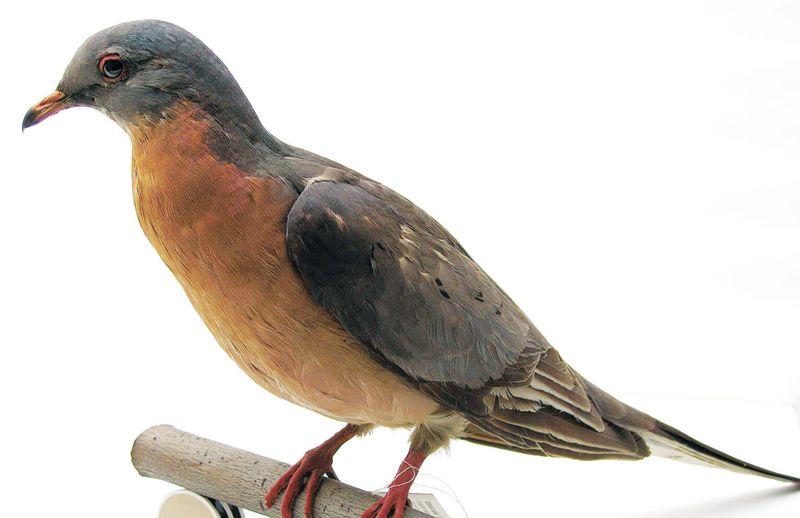
The Passenger Pigeon once darkened the skies of North America with its vast numbers. Its last known sighting occurred in the early 20th century, marking the end of an era.
These birds flew with remarkable grace, creating shadows over the land below. Habitat destruction and overhunting led to their demise, serving as a stark warning. Conservationists draw lessons from this loss, emphasizing habitat preservation and sustainable practices. Efforts continue to honor their legacy, fostering awareness of humanity’s role in protecting the natural world.
The Dodo
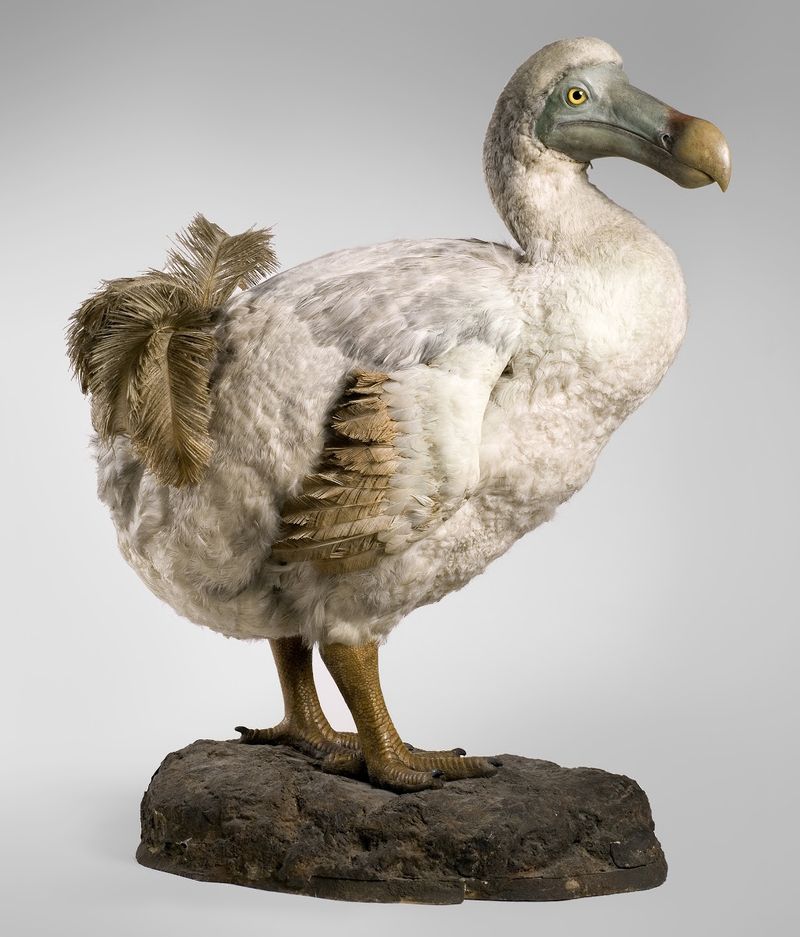
The Dodo, emblematic of extinction, was first seen on the island of Mauritius. Its plump form and large beak made it both peculiar and endearing.
Human activity led to its extinction in the 17th century, but its story endures as a powerful ecological symbol. The forests of Mauritius, once its playground, still whisper tales of its existence. Conservationists use the Dodo’s tale to advocate for greater biodiversity protection, reminding us of the delicate balance within ecosystems. This bird’s legacy lives on, inspiring change.
The Golden Toad
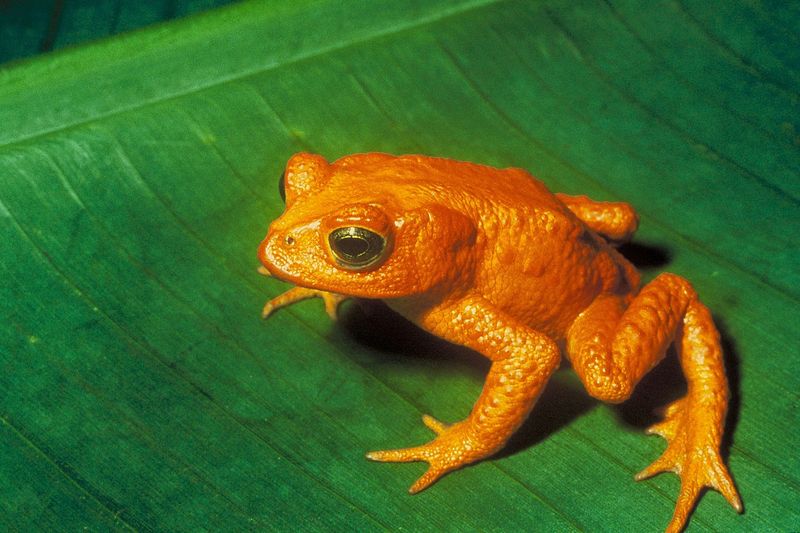
The Golden Toad, known for its vivid coloration, was last observed in Costa Rica’s cloud forests. Its bright hue and small stature made it a memorable sight.
Despite its disappearance, the forests remain vibrant, hinting at hidden wonders. Climate change and habitat loss contributed to its decline, reflecting broader environmental challenges. Conservation efforts focus on preserving these delicate ecosystems, hoping to one day witness the golden shimmer of this elusive toad once more. Its story serves as a reminder of nature’s fragility and resilience.
The Pygmy Three-toed Sloth
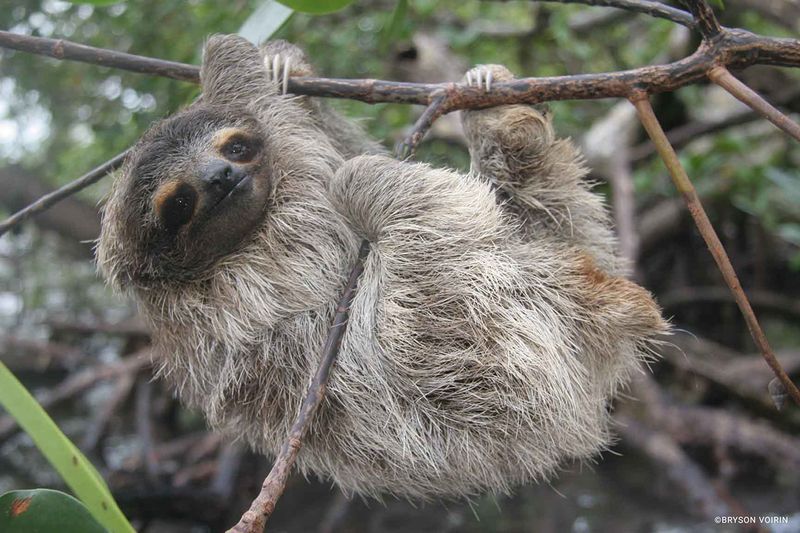
The Pygmy Three-toed Sloth, inhabiting Panama’s Isla Escudo de Veraguas, is a creature of mystery. Its gentle demeanor and small size make it uniquely endearing.
Recent sightings suggest its continued existence, yet it remains critically endangered. The island’s dense mangroves offer both refuge and challenge, shaping the sloth’s secretive habits. Conservationists emphasize its plight, advocating for habitat protection and sustainable development. This sloth symbolizes the interconnectedness of ecosystems, urging us to value and protect our natural heritage.

